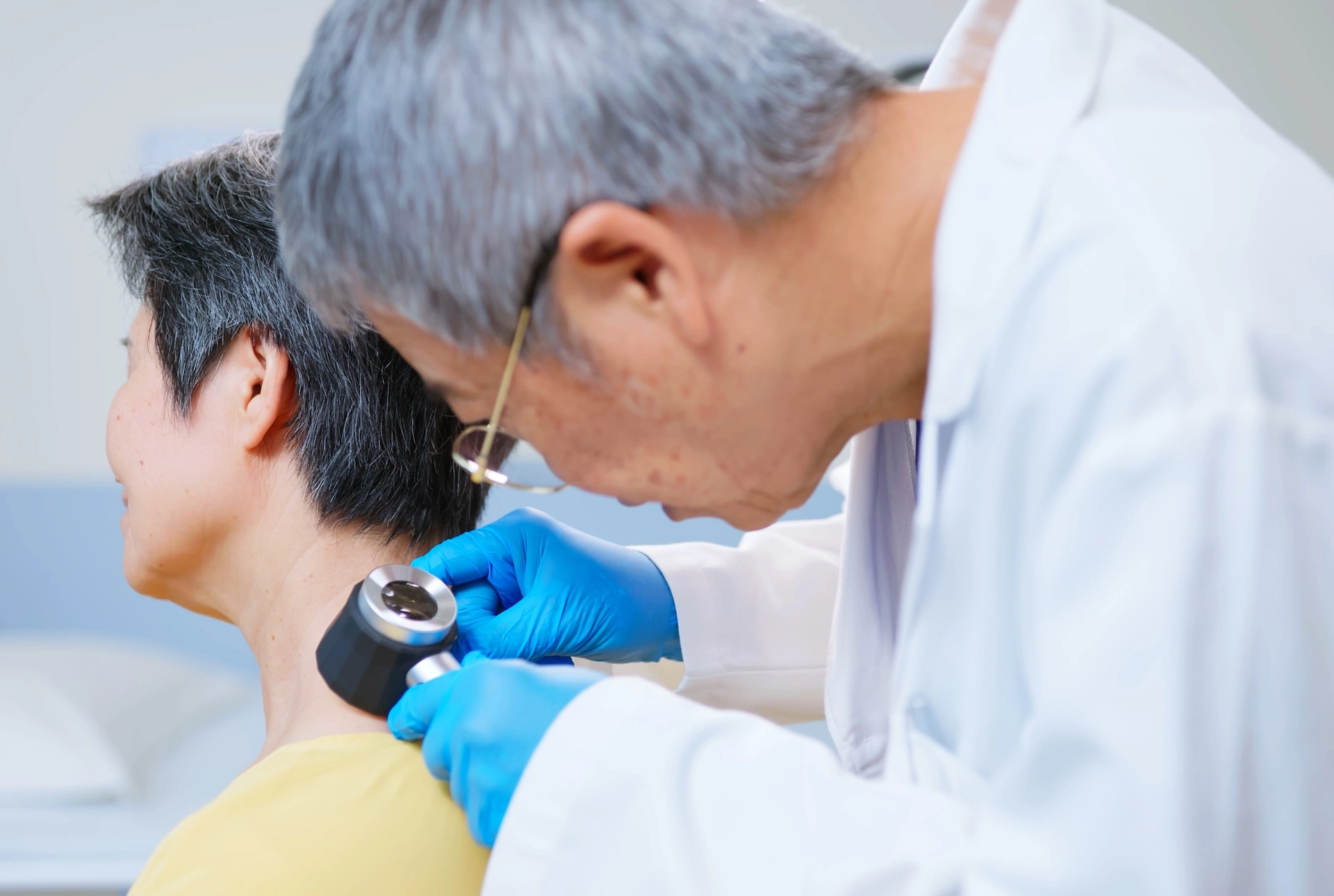Kaiser Permanente study finds low rates of MASLD, suggests underdiagnosis
It is estimated that close to 1 in 3 adults in the U.S. has metabolic dysfunction-associated steatotic liver disease (MASLD) — the most common chronic liver disease worldwide. But a new Kaiser Permanente study suggests that less than 1% of these adults may know that they have the condition.

“Based on what we know from nationally representative data, we believe our study’s findings of a much lower MASLD prevalence likely reflect underdiagnosis in routine clinical practice,” said lead author Luis A. Rodriguez, PhD, a research scientist at the Kaiser Permanente Division of Research (DOR). “Our study suggests we may want to look at whether some patients should have routine screening using imaging or biochemical tests that can identify MASLD.” These tests include ultrasound, elastography (which can determine an organ’s stiffness), and liver enzyme screening.
The study, published in Gastro Hep Advances, included nearly 3 million adults per year who were members of Kaiser Permanente Northern California between 2009 and 2018. None of the adults in the study had been previously diagnosed with a different chronic liver disease.
MASLD was previously known as non-alcoholic fatty liver disease (NAFLD). The name was changed in June 2023 by a panel of experts who believed the term NAFLD was not only stigmatizing but did not reflect the research that tied the disease to cardiometabolic risk factors.
The research team used 3 methods to determine the annual prevalence of MASLD: diagnostic codes, natural language processing of radiology imaging reports, and a MASLD prediction tool called the Dallas Steatosis Index (DSI).
Now that there is a better understanding of MASLD and . . . now that there are better treatment options, it makes more sense to identify these patients.
— Theodore R. Levin, MD
These methods identified a total of 884,950 patients with MASLD between 2009 and 2018. Using diagnostic codes alone, less than 1% of the more than 2 million members were identified per year as having MASLD.

The analyses of radiology reports identified 1% of members per year with MASLD, while the DSI prediction tool identified between 6-11% of members per year with MASLD.
These findings complement a handful of prior studies that have suggested MASLD is often underdiagnosed in clinical practice in the U.S.
“National experts had been telling us for many years to expect a third of our members to have MASLD, but we just weren’t seeing that many people,” said senior author Theodore R. Levin, MD, a DOR research scientist and a gastroenterologist with The Permanente Medical Group. “Now that there is a better understanding of MASLD and its implications for health, and now that there are better treatment options, it makes more sense to identify these patients.”

MASLD is characterized by an excessive fat accumulation in the liver (steatotic means having too much fat in an organ) in people with a cardiometabolic risk factor — high blood pressure, high blood sugar, high triglycerides, low HDL cholesterol, or overweight, and who drink little to no alcohol. If the fat continues to build up, it can cause liver damage and inflammation, known as metabolic dysfunction-associated steatohepatitis (MASH). This can lead to chronic permanent liver damage (cirrhosis), liver cancer, and the need for a liver transplant.
“As more therapeutics become available for MASLD, systematic screening efforts with transient elastography in high-risk populations, such as patients with type 2 diabetes, will be crucial to bridging the gap of underdiagnosis,” said Varun Saxena, MD, MAS, a DOR adjunct investigator and a TPMG transplant hepatologist. “We already know that patients with MASLD have an at least 2-fold increased risk of cardiovascular mortality as well as increased risk of developing cirrhosis and liver cancer, so early identification followed by linkage to treatment remains a high priority.”
The study was funded by Kaiser Permanente Northern California Community Health, the TPMG Delivery Science Fellowship Program and the National Institute of Diabetes and Digestive and Kidney Diseases.
Co-authors include Lue-Yen S. Tucker, BA, of the Division of Research.
# # #
About the Kaiser Permanente Division of Research
The Kaiser Permanente Division of Research conducts, publishes and disseminates epidemiologic and health services research to improve the health and medical care of Kaiser Permanente members and society at large. It seeks to understand the determinants of illness and well-being, and to improve the quality and cost-effectiveness of health care. Currently, DOR’s 600-plus staff is working on more than 450 epidemiological and health services research projects. For more information, visit divisionofresearch.kaiserpermanente.org or follow us @KPDOR.





Comments (0)